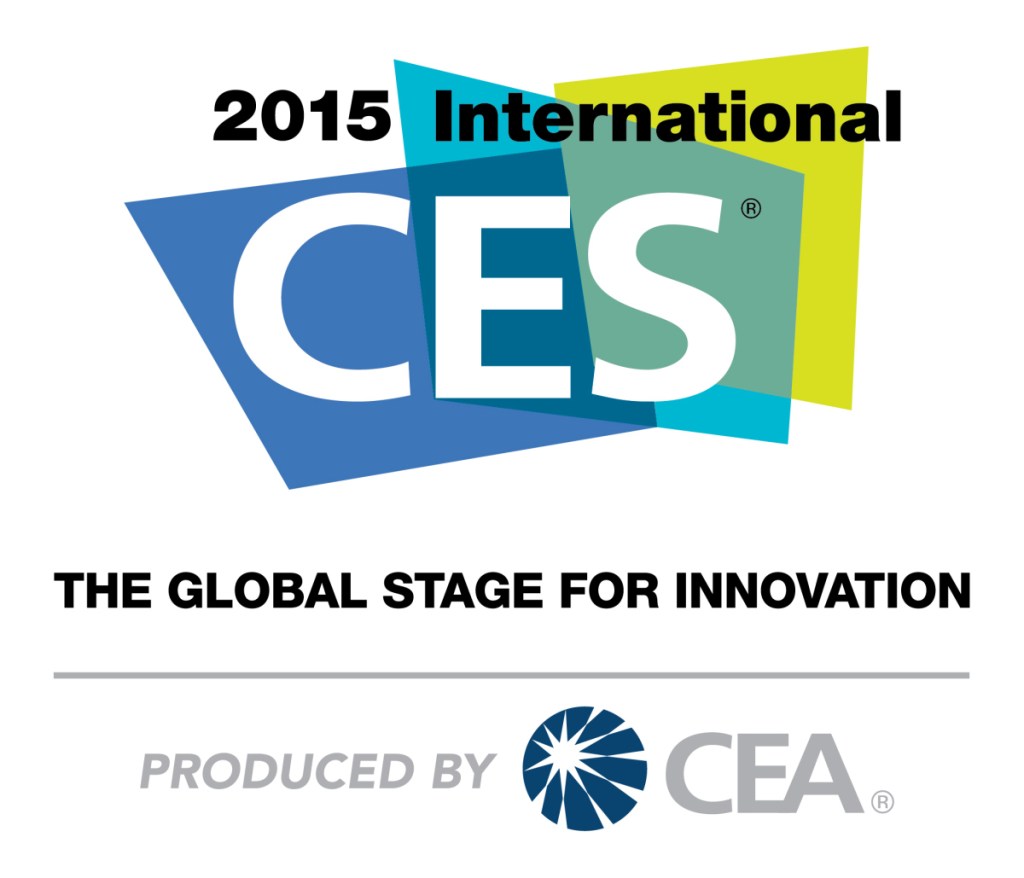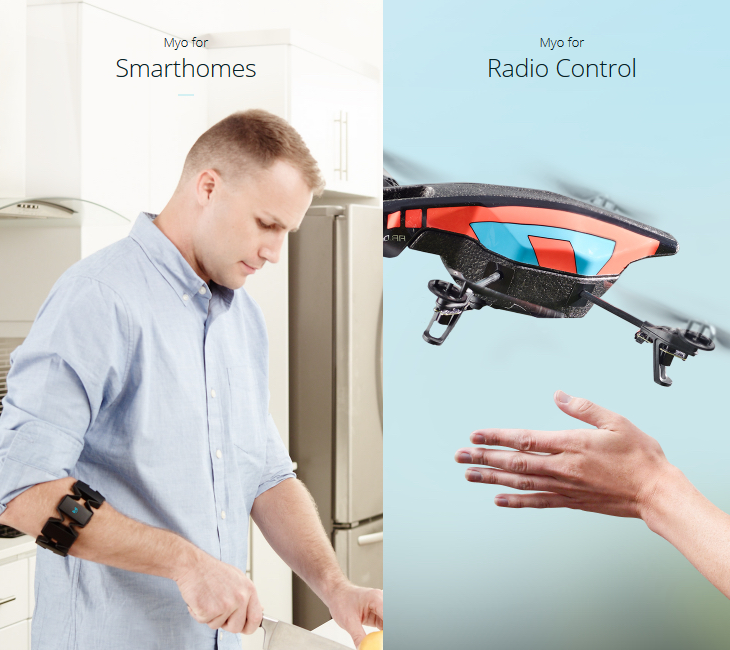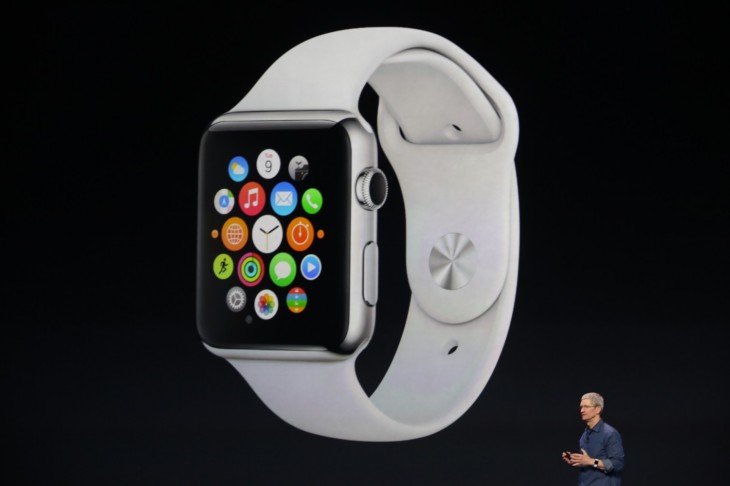CES Fashion
Wearable Technology
The era of wearables shone bright at the International Consumer Electronics Show this year. Slowly, the bulky, unattractive gadgets make room to elegant and fancy ones. Here are some of the most stylish pieces that stole the spotlight in Las Vegas. Stelle Audio Earbud Locket. The creators of the design-focused audio products befriended high-end fashion […]


